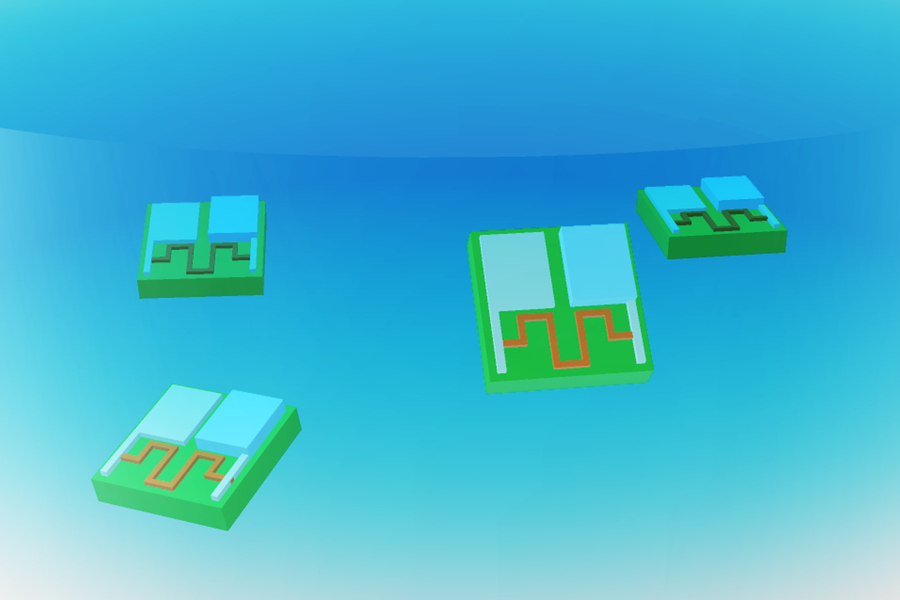MIT News August 15, 2024
The use of wet chemistry in battery technologies limits their potential to be scaled down beyond millimeters in size. A team of researchers in the US (MIT, University of Pennsylvania, University of Michigan) photolithographically patterned a microscale zinc/platinum/SU-8 system to generate the highest energy density microbattery at the picoliter scale. The device scavenges ambient or solution-dissolved oxygen for a zinc oxidation reaction, achieving an energy density ranging from 760 to 1070 watt-hours per liter at scales below 100 micrometers lateral and 2 micrometers thickness in size. The processes allow 10,000 devices per wafer to be released into solution as colloids with energy stored on board. Within a volume of only 2 picoliters each, these primary microbatteries could deliver a maximum power near 2.7 nanowatts. They demonstrated that the systems could reliably power a micrometer-sized memristor circuit, providing access to nonvolatile memory. They cycled power to drive the reversible bending of microscale bimorph actuators, it is capable of powering two distinct nanosensor types and a clock circuit. According to the researchers with mass fabrication the picoliter zinc-air batteries can be adopted for micrometer-scale, colloidal robotics with autonomous functions… read more. Open Access TECHNICAL ARTICLE

The zinc-air battery is 0.1 millimeters long and 0.002 millimeters thick.
Credit: Courtesy of the researchers.